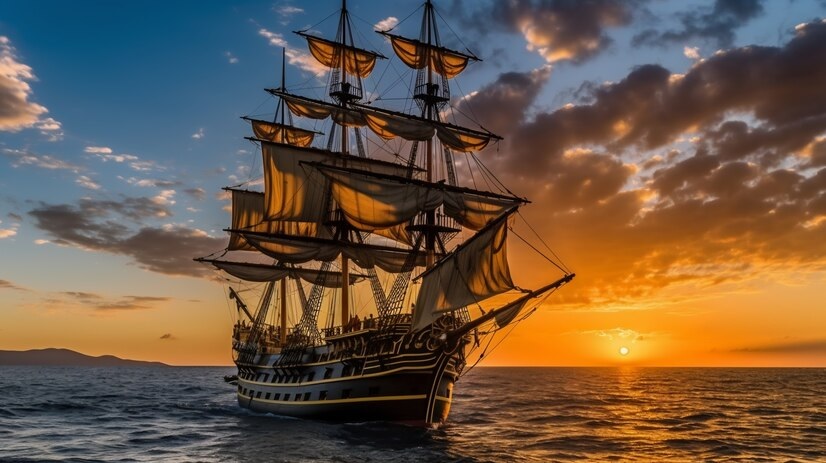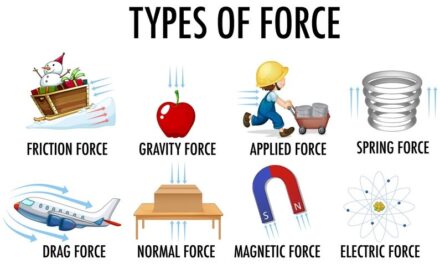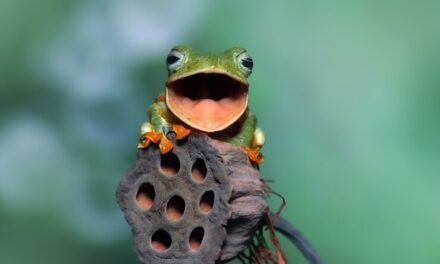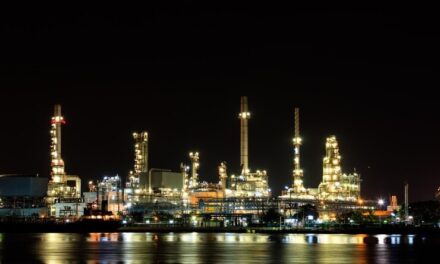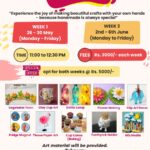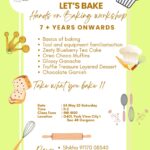The Age of Exploration, spanning roughly from the 15th to the 17th centuries, was a period of unprecedented maritime exploration and expansion driven by technological advancements, economic motives, and the quest for knowledge. European explorers, fueled by the desire for wealth, trade routes, and territorial expansion, embarked on daring voyages across uncharted waters, seeking new lands, resources, and trade routes to the East. Led by figures such as Christopher Columbus, Vasco da Gama, and Ferdinand Magellan, these explorations resulted in the discovery of new continents, including the Americas and the circumnavigation of the globe.
The Age of Exploration had profound consequences, leading to the exchange of goods, ideas, and cultures between Europe, Africa, Asia, and the Americas, known as the Columbian Exchange. While the Age of Exploration brought about significant advancements in navigation, cartography, and science, it also had devastating impacts on indigenous populations, colonization, and the global balance of power. Nonetheless, the legacy of the Age of Exploration continues to shape our modern world, influencing geopolitics, trade networks, and cultural exchanges across continents.
The worksheet covers the following topics-
Explorers, voyages, spices, cloth
Portugal, Spain,
Bartholomew Diaz, Christopher Columbus,
Vasco da Gama, Ferdinand Magellan,
Instruments used by the sailors, maps, adjustable sails,
compass, quadrant, astrolabe,

